Programming in Ruby will make you a happy and productive developer.
If you would like to start learning Ruby and Rails, check out the following article which provides a step-by-step path for beginners as well as intermediate programmers to get into the magical world of Ruby and Rails. If you like to learn by reading books (I do), you're in for a treat.
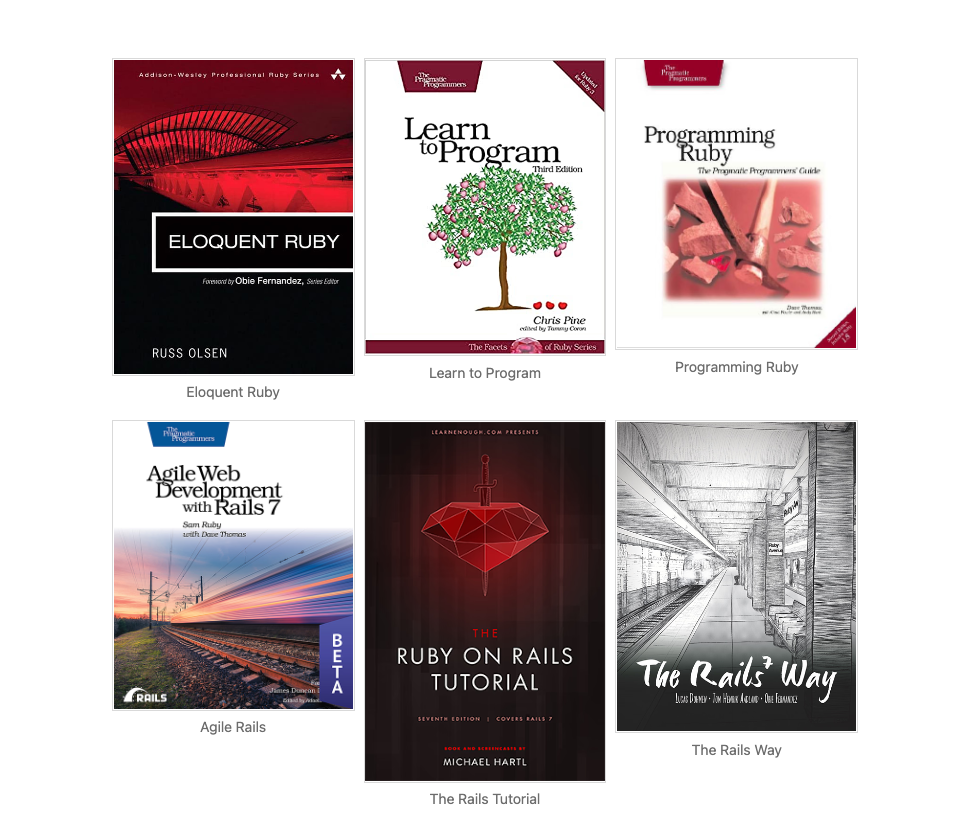
If you already know Ruby but are intimidated with Rails, or maybe you think it's magic (it's not), check out my ruby-no-rails series, where we'll build a complete web application in pure Ruby, without using any Rails. The goal for this series is to get a deeper appreciation for all the things Rails handles for you and get a better understanding of how most web applications work.
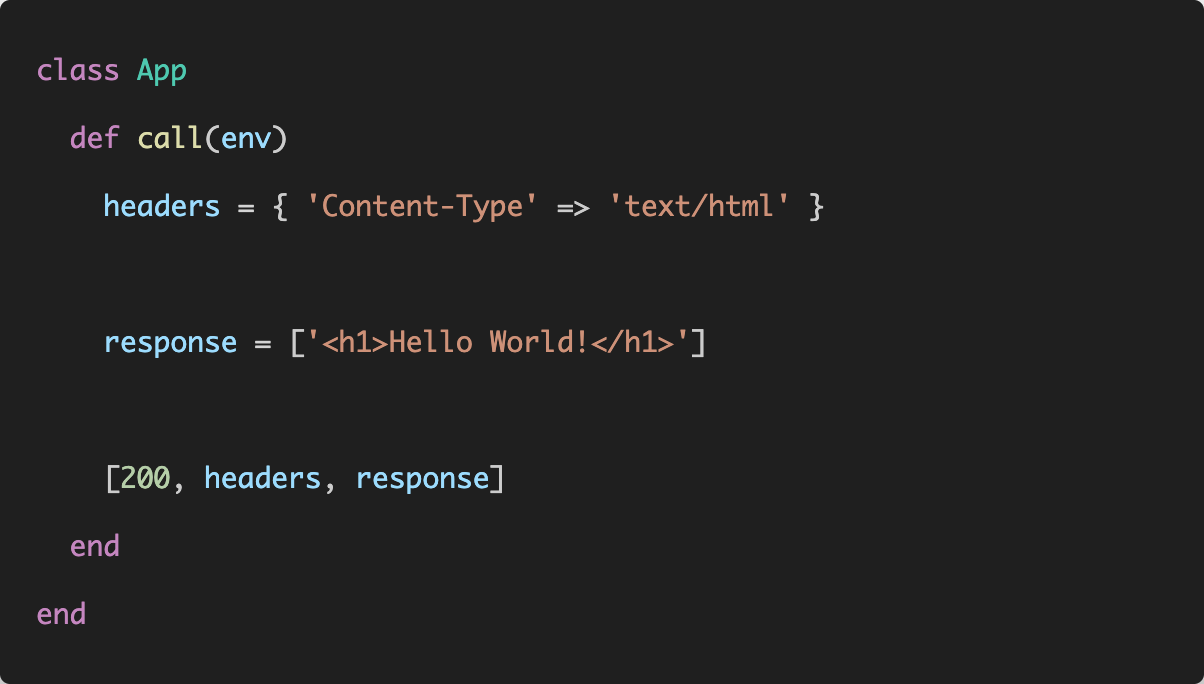
It's a work in progress, but my goal is to take you behind the scenes of a web application framework and show you how you might implement various framework features (the MVC pattern, logging, error-handling, middleware, etc.) in plain Ruby. More articles coming soon, so stay tuned!
If you're tired of using complex SPA frameworks in JavaScript, I suggest you give Hotwire a try. It will let you build modern web applications that work like most single-page applications without incurring any complexity. And you get to program in Ruby.
Here're a few articles I've written about Hotwire.

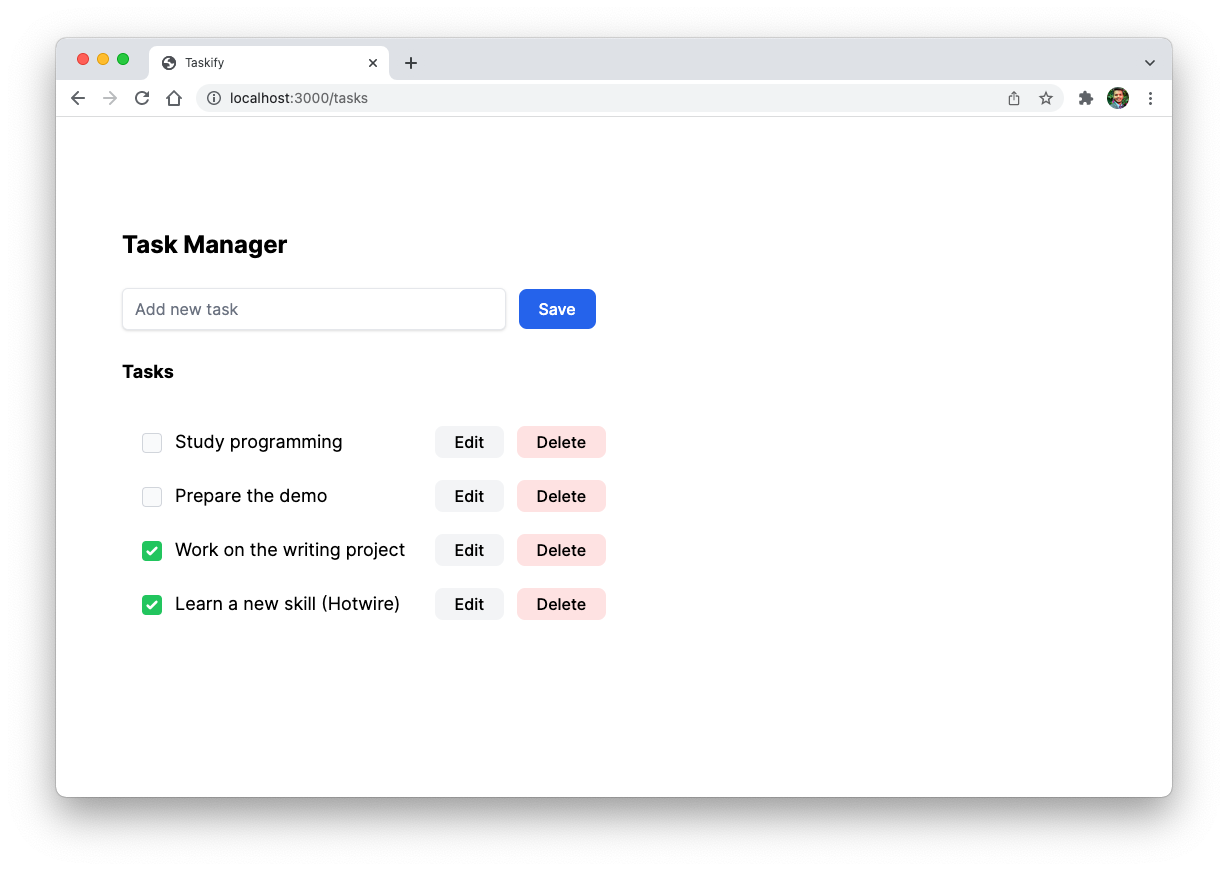
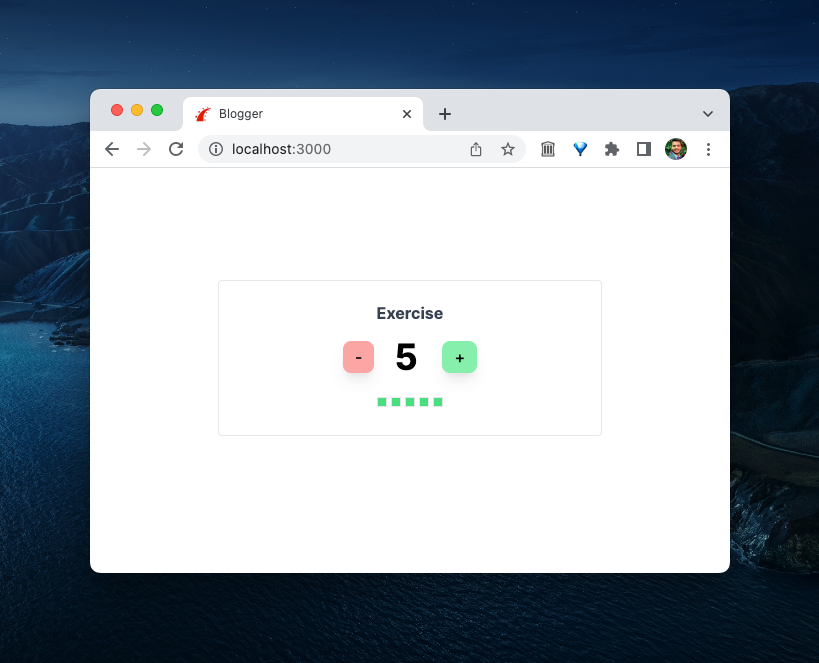
A common misconception is that you can only use Hotwire with Rails. Not true. You can use it on a static website or with any programming language as long as you follow certain conventions. This article shows you how.
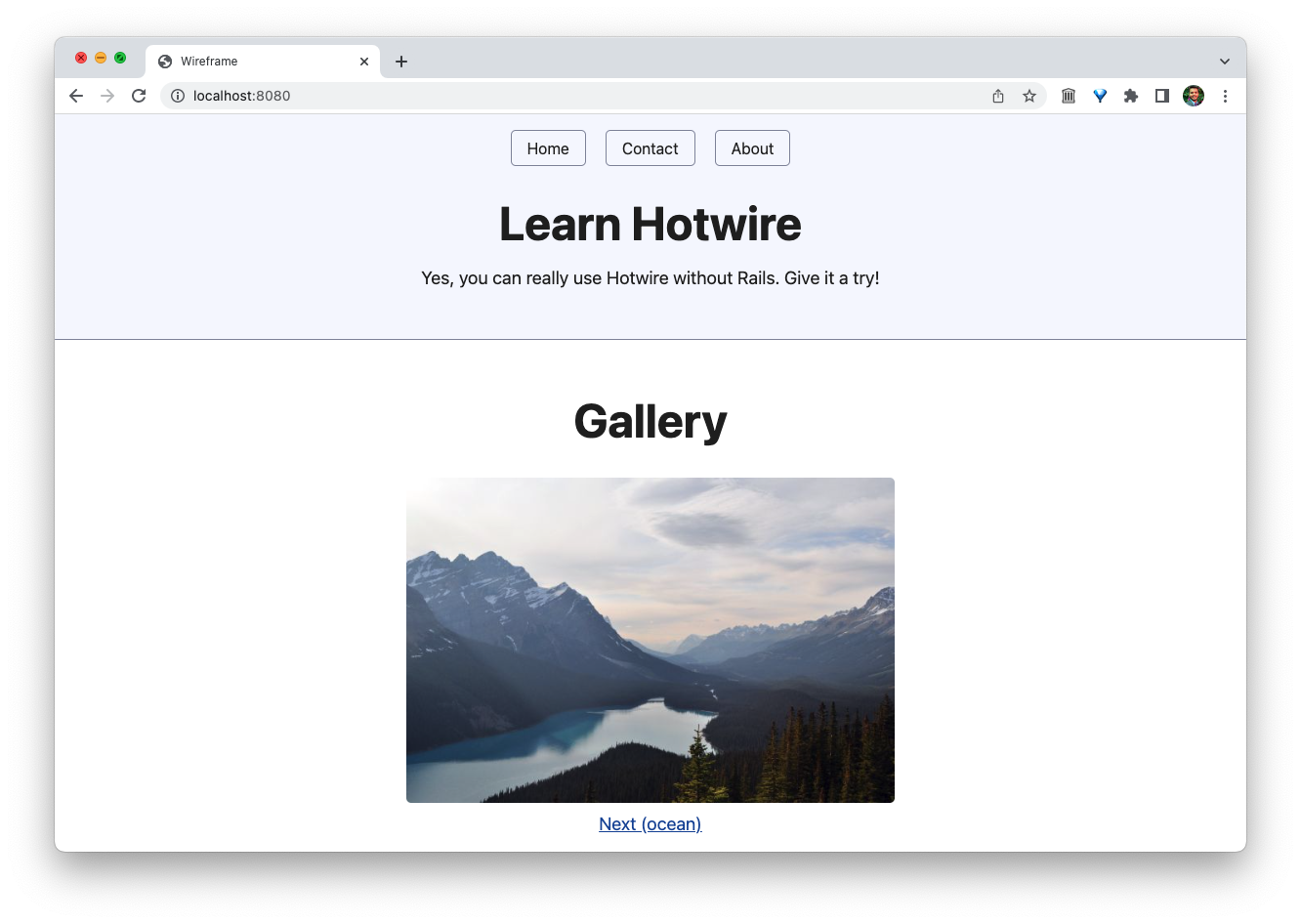
Finally, here're a few more articles on various features in Rails. There're a lot more articles in the archives, but these ones are the most popular and some of the all-time favourites on the blog. I think you'll find them useful and you'll learn something new.

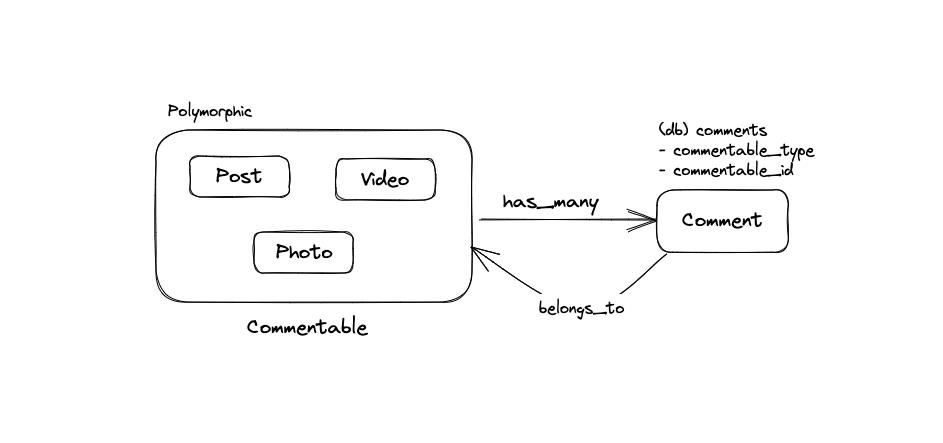
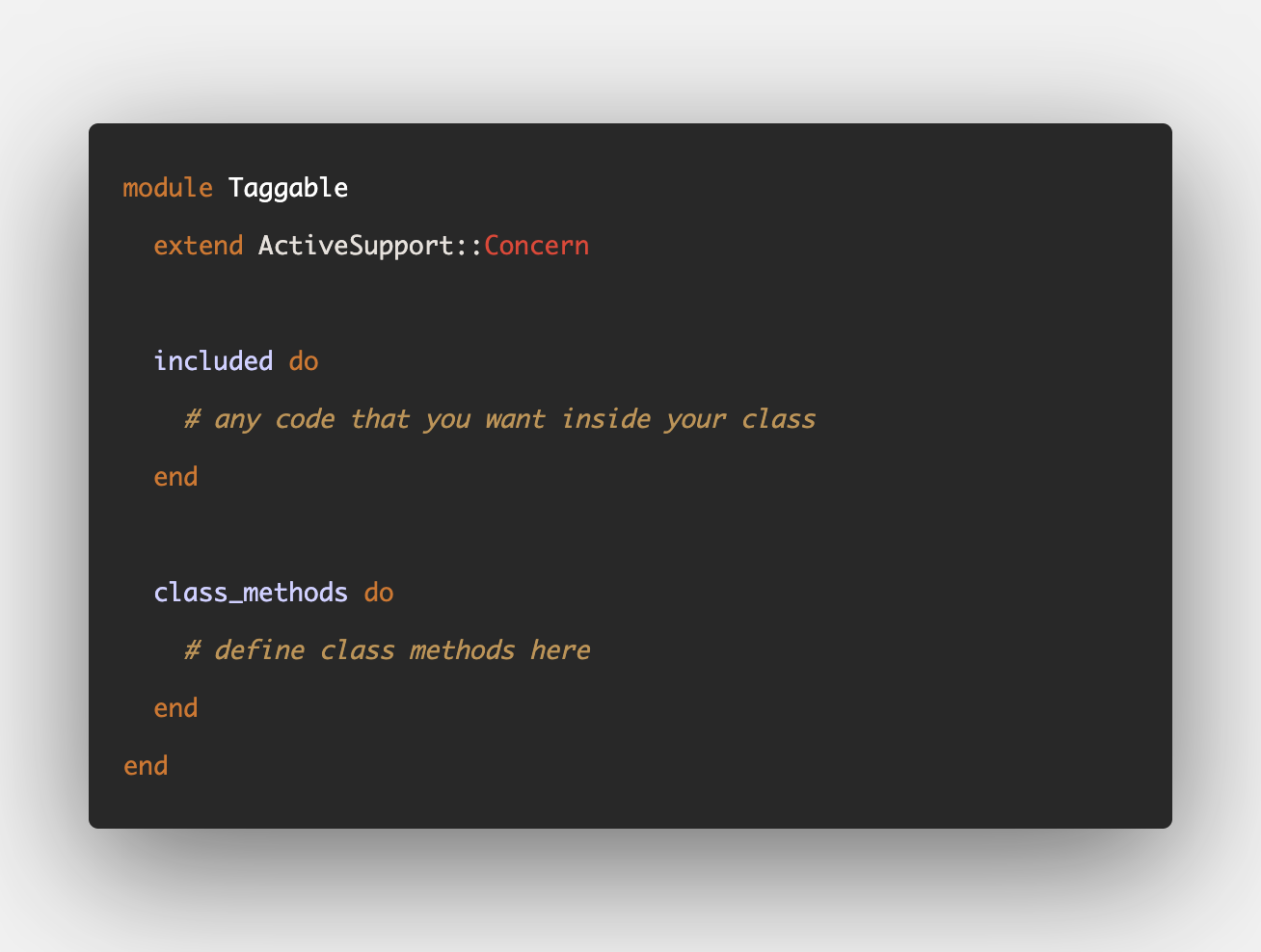

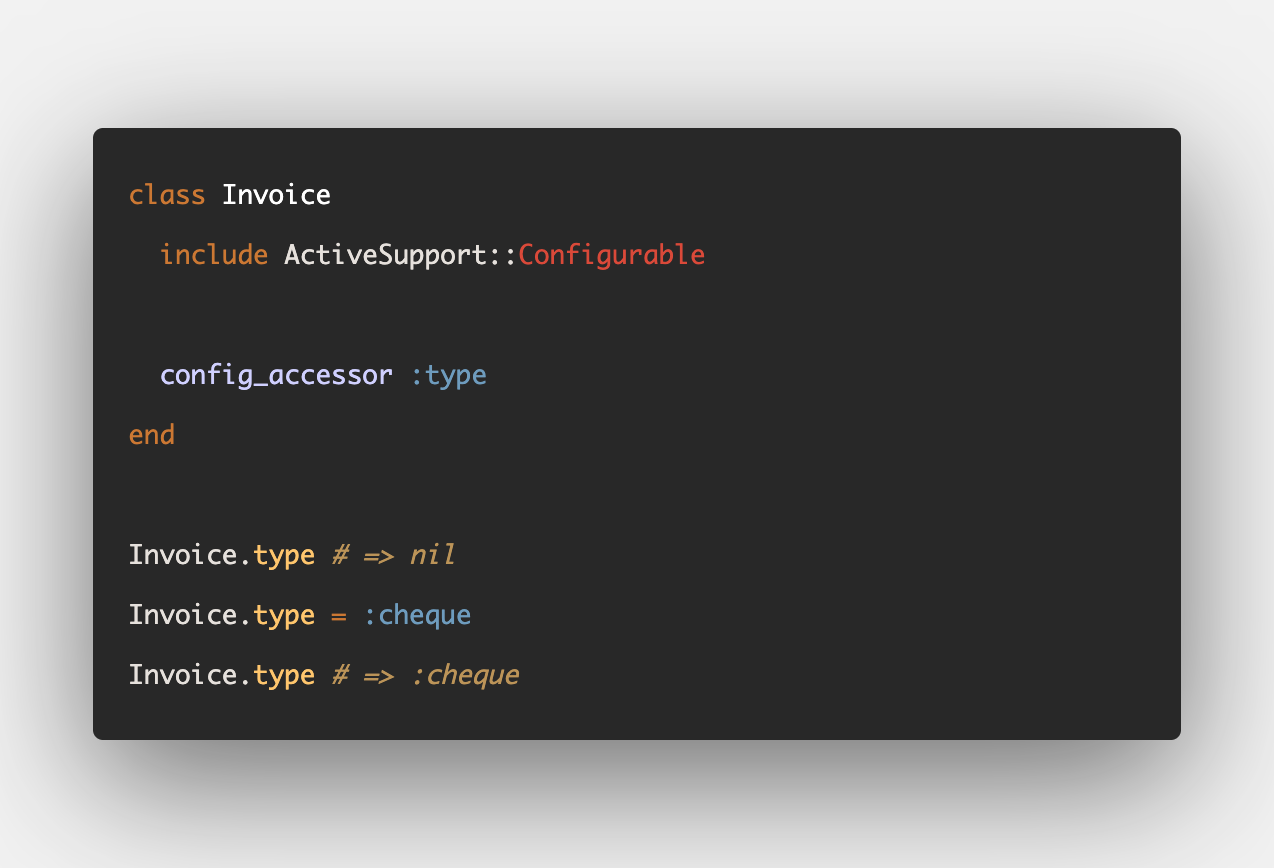
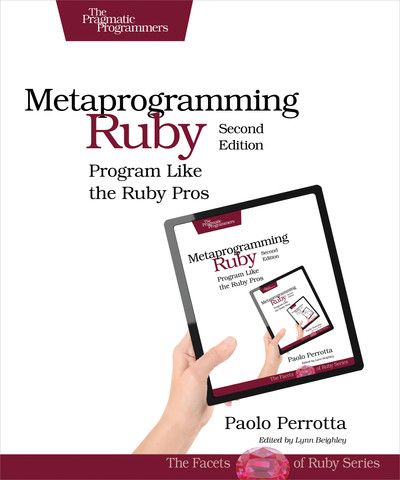
That's a wrap. If you have any questions or feedback, please leave a comment below or send me an email. I reply to all the emails from fellow developers, and I look forward to hearing from you.

